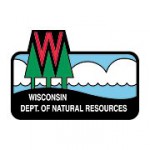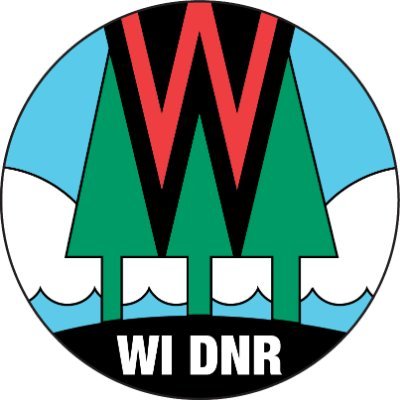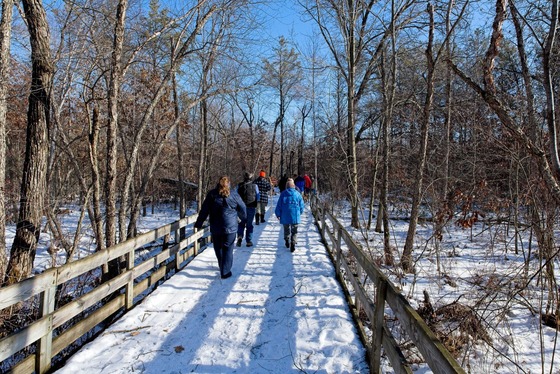DNR, DHS Issue Updated Safe Fish Consumption Guidelines
MADISON, Wis. – The Wisconsin Department of Natural Resources (DNR), in partnership with the Wisconsin Department of Health Services (DHS), today announced the online publication of the 2024-2026 Choose Wisely booklet, which outlines guidelines for safe fish consumption.
To address this, DNR fisheries staff routinely sample fish from areas with suspected pollution or contamination as well as from heavily fished areas. Based on the levels of contaminants found, like polychlorinated biphenyls (PCBs), mercury and perfluorooctane sulfonate (PFOS), experts are able to determine the amount of fish that is safe to consume over a person’s lifetime to avoid negative health impacts.
“We test for contaminants in fish from a number of locations each year and use those new results, along with past testing, to update the advice for those newly tested waters,” said Sean Strom, DNR environmental toxicologist. “It’s important for anglers who frequently eat fish to be aware of advisory updates.”
This updated version of the Choose Wisely booklet identifies new advisories for Wisconsin waterbodies that have either elevated or decreased levels of contaminants, including:
- Removing of PFOS-based guidance for Black Earth Creek (Dane County) and the mercury-based guidance for Kentuck Lake (Vilas County) based on additional monitoring which showed consistently low enough levels to rescind the advisories
- Adding a PFOS-based advisory for the Hat Rapids Flowage on the Wisconsin River (Oneida County)
- New PFOS-based consumption advice for all species in the Moen Chain of Lakes (Oneida County)
- Modifications to consumption advice for certain species of Lake Michigan fish
- Adding a PFOS-based advisory for the La Crosse River from Angelo Pond to the Neshonoc Dam, including Perch and Neshonoc lakes (Monroe and La Crosse counties)
The DNR encourages the public to follow the safe-eating guidelines outlined in the Choose Wisely booklet to reduce the risk of exposure to unwanted contaminants.
“When you follow Wisconsin’s fish consumption advice, you are still able to enjoy the many health benefits from eating fish while limiting your contact with contaminants that can build up in them,” said Dr. Sheryl Bedno, DHS Chief Medical Officer for Environmental and Occupational Health.
Waterbody-specific consumption advice can be found in the updated online booklet and by using the DNR’s online query tool.
NOTE: This press release was submitted to Urban Milwaukee and was not written by an Urban Milwaukee writer. While it is believed to be reliable, Urban Milwaukee does not guarantee its accuracy or completeness.
Mentioned in This Press Release
Recent Press Releases by Wisconsin Department of Natural Resources
DNR Confirms CWD in Wild Deer in La Crosse County
Dec 22nd, 2025 by Wisconsin Department of Natural ResourcesBaiting And Feeding Ban Extended























